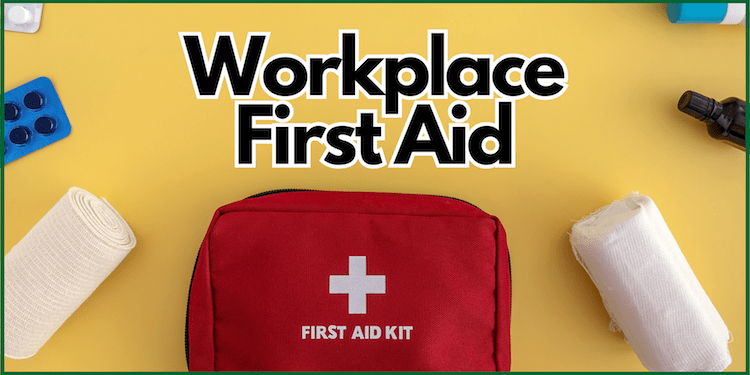Football, or soccer as it is called in the United States, has more life-threatening injuries and requires in-depth safety precautions to avert such deadly injuries.
Although football is regarded as “The Beautiful Game” because millions of people participate daily, the sport can also be dangerous if players and management disregard proper safety precautions. Injuries can range from mild to severe.
This post will examine some of the most common football injuries, i.e., soccer injuries, and the safety precautions footballers must consider to protect their lives.
1. Concussions
Concussions are one of the most common football injuries. They occur when a player’s head hits an object or another player. Symptoms of a concussion include dizziness, headaches, confusion, and nausea.
Players must wear head helmets designed explicitly for the other football sport, i.e., American Football, to prevent concussions. However, when it comes to football, i.e., soccer, players should be taught proper tackling techniques that reduce the risk of head injuries.
2. Strains and Sprains
Strains and sprains are familiar injuries in football, especially in the lower body. They occur when a player overextends or twists a joint or muscle. Symptoms of strains and sprains include muscle pain, swelling, and difficulty moving the affected area.
Players should do proper warm-up exercises and stretches before playing to prevent sprains and strains. Additionally, players should wear appropriate footwear that provides good support and stability.
3. Fractures
Fractures are another common injury in football. They occur when a player’s bone breaks due to a traumatic impact. Symptoms of fractures include pain, swelling, and difficulty moving the affected area.
Players should wear protective gear such as shin guards and be adequately informed on tackling techniques that minimize the risk of fractures and other bone injuries.
4. Heat Exhaustion
Heat exhaustion is a common injury in football, especially in hot and humid weather conditions. It occurs when a player’s body overheats due to prolonged exposure to high temperatures. Symptoms of heat exhaustion include dizziness, loss of consciousness, and nausea.
Players should drink plenty of water before, during, and after playing to prevent heat exhaustion. Additionally, players should take frequent breaks in shaded areas to cool down.
General Safety Precautions in Football Sport
1. Protective Equipment
Football’s most feared safety concern is the risk of collisions and falls. Players must wear protective equipment such as shin guards to reduce the risk of football injury. Goalkeepers do wear gloves to protect their hands when catching the ball. In addition, headgears are available for players who want extra protection, although they are not mandatory.
2. Rules and Regulations
Football is a highly regulated sport, headed by FIFA (Federation Internationale De Football Association), with strict rules and regulations governing player behavior and safety. For example, players are not allowed to tackle or push other players from behind or use their hands or arms (except for goalkeepers). Referees are responsible for enforcing these rules; players who violate them can be penalized with a yellow or red card.
3. Research and Education
Finally, research and education are essential tools for improving football safety. Scientists are constantly studying the effects of football on the brain and developing new methods for detecting and treating head injuries. In addition, football organizations are educating players, coaches, and parents about the risks of head injuries and how to prevent them.
Bottomline
In conclusion, injuries are common in football; however, with proper safety precautions, players’ lives are in a safe sport.
Players should wear protective gear, warm up properly, and be well-informed on proper tackling techniques.
Additionally, with intensive research and education, updated rules and regulations could further protect footballers from life-threatening injuries.
These precautions allow players to enjoy the beautiful football game without risking their health and safety.
Do you enjoy this reading? Kindly share with family, friends, and colleagues. Thanks! 🙂



